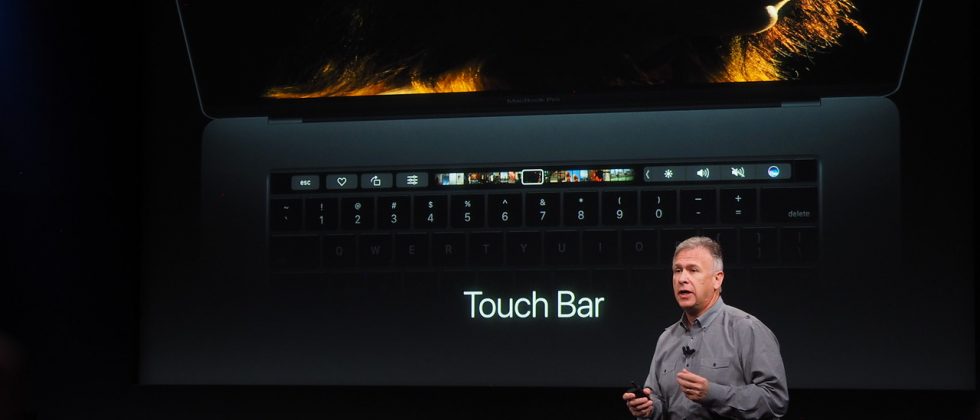Steve Jobs was good at convincing people they needed something they had not previously imagined. Many of the innovations he brought to the world through Apple became the industry standard. Among these are tablets, iPhones, iPods and larger, buttonless touchpads. People had no idea they wanted some of these things until Apple released them. Even if they were questioned at first, Jobs’ ideas could rarely be classified as irrelevant innovation. It’s hard to imagine our world today without them.
This year, however, Apple introduced a new feature in their MacBook Pro line that I hope will not become an industry standard: the Touch Bar. It is a touch screen strip that replaces the top row of keys on the keyboard (the row that includes escape and the function keys). This bar can display icons and other controls that can be used for a variety of purposes and can change based on which app is in use. Unfortunately, this bar isn’t simply a new feature that doesn’t affect anything else. It has replaced important pieces of the keyboard that a great many people expect and need.
Many computer users regularly require the escape and function keys. Proponents of the touch bar claim these keys are still there, just in Touch Bar form. But it’s not the same thing. They’re not in exactly the same place, as you can see in the picture. And an icon on the Touch Bar is no replacement for an actual key. Touch typists expect to press a key and feel a tactile response. They expect to be able to reach and feel for the correct key if they miss slightly — without looking. They lose efficiency when they have to look.
Of course, Apple seems to be thumbing its nose at touch typists, as evidenced by the new keyboard in the MacBooks. With such a short throw and poor response, typing on these keys is an abomination. People who have grown up with nothing but touch devices in their lives might not notice and might even be excited about the new keyboard and Touch Bar. But those of us who type a significant amount each day and make heavy use of the top row of keys will have to go shopping for a different laptop when it’s time to upgrade.
It seems to me Apple continues moving products into its target market: people with extra cash and no actual work to do. As for me, I’ll stick with my 2015 MacBook Air. It still has all of its keys and should last several years before I need to replace it. By then, perhaps the Touch Bar will have died.


Leave a Reply